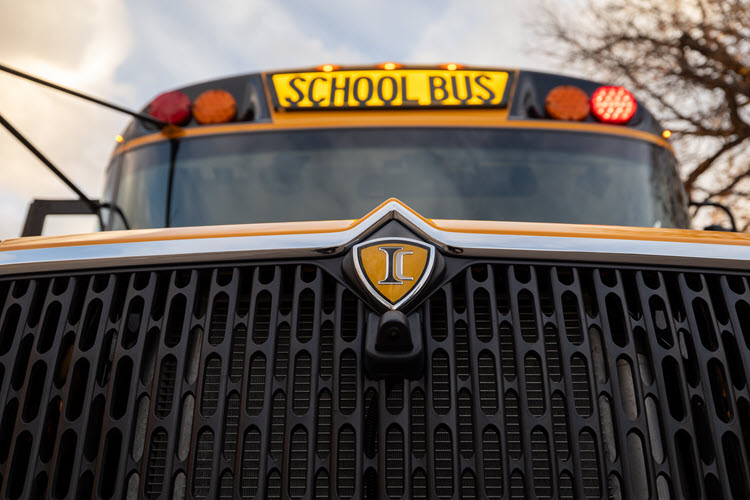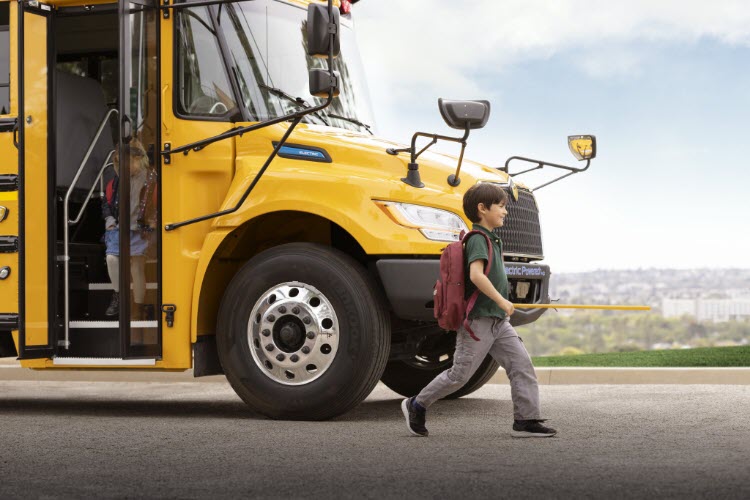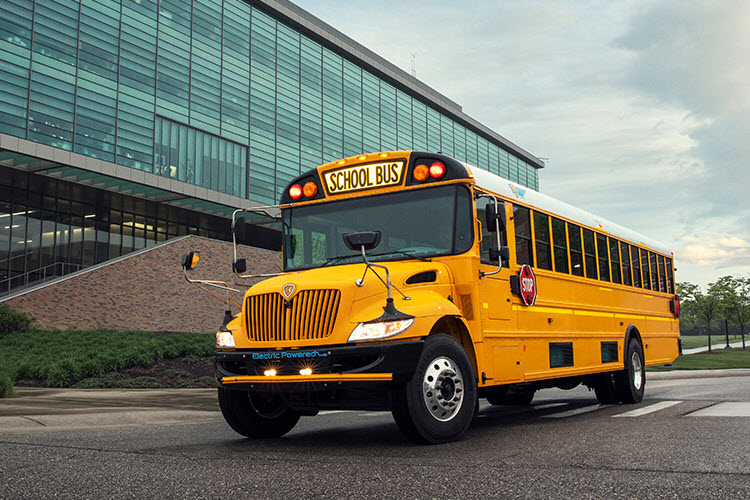Shorter days, fall décor and “pumpkin spice everything” help us validate the changing of the seasons, and the fact that the new school year is well under way. A change from the last 18 months of roadway traffic, there has been an increase in the number of school buses transporting our most precious cargo to classrooms, learning labs, extracurriculars and more.
There are likely several bus-related “rules of the road” you have not revisited since the last time you took a driving test. See below for several tips you can use:
- It is illegal to pass a stopped school bus with any combination of flashing lights and/or deployed stop arms.- Yellow flashing lights mean the bus is getting ready to stop, and motorists should prepare to stop.- Red flashing lights and a deployed stop arm and stop sign mean children are loading or unloading, and motorists must stop their vehicles; movement cannot resume until the bus has pulled in the stop sign and stop arm and started moving again itself.- Distracted driving is dangerous driving – no fumbling with the radio and no cell phone use of any kind, especially in a school zone.
- The most dangerous area around the school bus is within a 10-foot radius on all sides of the bus.- If you can’t see the driver(s), they can’t see you – stay “ five big steps” away from vehicles on all sides, and especially when crossing in front of one.- Always look both ways before and while crossing a street, even in a designated crosswalk (the situation can change quickly).- Do not kneel in a parking lot or crosswalk without being sure of your surroundings (to tie a shoe, pick up a dropped item, etc.) – you become unseeable low to the ground.
- Electronic Stability Control (ESC): Helps mitigate loss of control and possible rollovers through automatic driver alerts and intervention capabilities, including selective brake application and engine speed reduction.- Active Collision Mitigation: Using radar technology (as well as cameras in advanced systems), this system can detect objects as possible hazards from as much as 500 feet away and employs alerts as well as passive and active assistance measures.- Camera Systems: Mounted inside a school bus, camera systems help keep drivers and students safe from internal threats, while exterior mounted cameras expand a driver’s viewing range to reduce blind spots around the bus.






